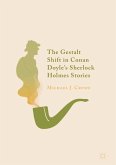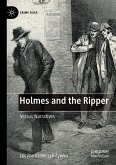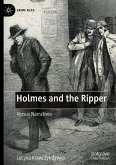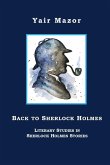This book analyzes the four novels and fifty-six stories written by Sir Arthur Conan Doyle describing the adventures and discoveries of Sherlock Holmes. Michael J. Crowe suggests that nearly all the Holmes stories exhibit the pattern known as a Gestalt shift, in which suddenly Holmes's efforts reveal a new perspective on the case, typically identifying the culprit(s) and resolving the case. Drawing on ideas presented by Thomas S. Kuhn in his famous Structure of Scientific Revolutions (1962), Crowe argues that similar to the way that Kuhn applied the idea of a Gestalt shift to the history of science, this approach can be used to reveal the structure of the Holmes stories and possibly be applied to some other areas of fiction.
"The Gestalt Shift in Conan Doyle's Sherlock Holmes Stories should appeal to multiple audiences. Sherlock Holmes scholars and members of the general reading public who are Holmes fans may be the primary audience, but those working on science and literature, and historians of science, will also find the book to be of interest. ... There is much to learn from Crowe's book about the role of scientific thinking in the making of one of the most iconic literary figures of the modern world." (Bernard Lightman, Isis, Vol. 110 (4), 2019)








